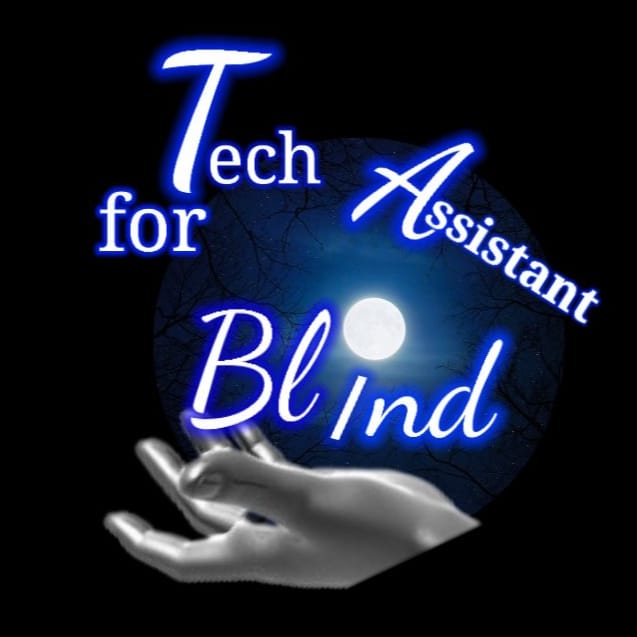Last Updated on
April 4, 2024
Written by
Tech Assistant for blind Team
Introduction
In the realm of accessibility technology, innovations in braille display technology have significantly transformed the way individuals with visual impairments access and interact with digital content. Refreshable braille displays, in particular, have emerged as a revolutionary tool, allowing users to read digital text in real-time through tactile feedback. In this article, we’ll explore the latest advancements in braille display technology and their impact on accessibility and inclusivity.
Understanding Refreshable Braille Displays
Refreshable braille displays are electronic devices that use an array of small pins to form braille characters on a tactile surface. Unlike traditional paper-based braille books, which are static and require physical printing, refreshable braille displays can dynamically change the displayed text, allowing users to read digital content such as e-books, documents, and web pages in braille format. These displays typically connect to computers, smartphones, or other digital devices via USB, Bluetooth, or other wireless technologies.
Advancements in Braille Display Technology
Recent advancements in braille display technology have focused on improving usability, portability, and affordability. Modern refreshable braille displays feature sleek and compact designs, making them more portable and convenient for users to carry with them wherever they go. Additionally, advancements in braille cell technology have led to displays with higher resolution and more responsive tactile feedback, enhancing the reading experience for users.
Integration with Digital Accessibility Tools
Refreshable braille displays are often integrated with digital accessibility tools and screen reader software, allowing users to navigate and interact with digital content more effectively. Screen readers convert on-screen text into speech or braille output, which is then displayed on the braille display in real-time. This integration enables users to access a wide range of digital content, including websites, emails, and documents, with greater speed and accuracy.
Impact on Education and Employment
The availability of refreshable braille displays has had a profound impact on education and employment opportunities for individuals with visual impairments. In educational settings, students can use braille displays to access textbooks, lecture notes, and other course materials in real-time, leveling the playing field and promoting academic success. Similarly, in the workplace, braille displays enable individuals to access digital documents, emails, and software applications independently, facilitating greater productivity and integration into the workforce.
Challenges and Future Directions
Despite their many benefits, refreshable braille displays still face challenges, including cost barriers, limited availability of braille content, and the need for ongoing technical support and training. Additionally, there is a need for continued innovation to improve braille display technology, including advancements in multi-line displays, braille translation software, and integration with emerging digital platforms.
Conclusion
In conclusion, advancements in braille display technology, particularly refreshable braille displays, have revolutionized accessibility for individuals with visual impairments. These innovative devices enable users to access and interact with digital content in real-time, enhancing their independence, productivity, and quality of life. As technology continues to evolve, we can expect further advancements in braille display technology, paving the way for a more inclusive and accessible digital world for all.


